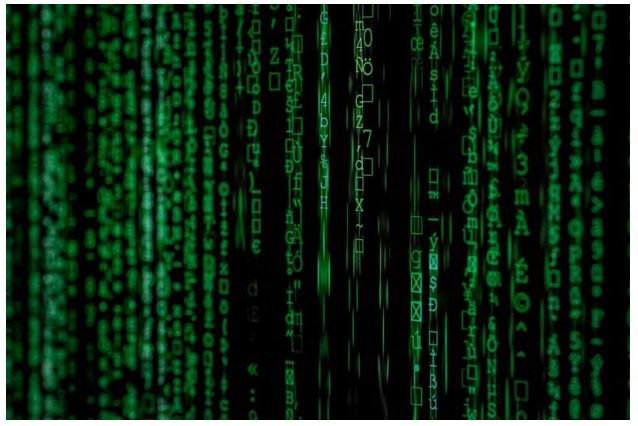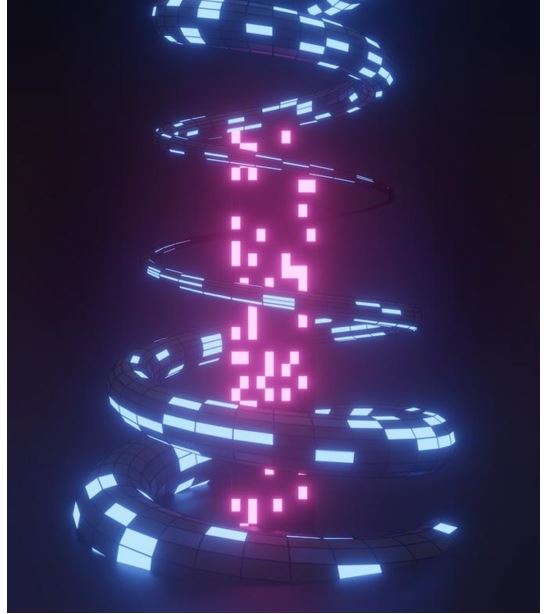THE GATEWAY TO THE STARS: EARLY SCI-FI CINEMATICS
Let’s set the flux capacitor to rewind and revisit the roots of science fiction in film. Long before we marvelled at interstellar space battles or dystopian futures, there were the pioneers. The silent classic “Metropolis” (1927) directed by Fritz Lang laid the groundwork, offering a glimpse into a mechanized, industrial future. It was a prophetic vision that resonated with the anxieties and aspirations of the early 20th century.
Fast forward to the ’50s, the golden age of sci-fi, when the genre took a turn toward the stars. “Forbidden Planet” (1956) captivated audiences with its groundbreaking special effects and a storyline that explored the potential dangers of unbridled scientific progress. As Robbie the Robot took his place alongside iconic characters, the fusion of science and fiction ignited the imaginations of moviegoers.
1960S AND BEYOND: THE SPACE RACE ON THE SILVER SCREEN
The ’60s brought us not only groovy tunes and bell-bottoms but also a new era of space exploration. “2001: A Space Odyssey” (1968), directed by Stanley Kubrick, redefined the genre with its meticulous attention to detail, mesmerizing visuals, and an enigmatic AI named HAL 9000. This cinematic odyssey pondered the evolution of humanity and the potential perils of technology in a way that left audiences contemplating the mysteries of the universe.
As the moon landing captured the world’s attention, sci-fi films like “Star Wars” (1977) and “Close Encounters of the Third Kind” (1977) ventured into the cosmos with epic tales of rebellion and extraterrestrial encounters. The force was strong, and the genre continued to flourish.
THE ’80S: A SCI-FI EXTRAVAGANZA
Enter the neon-lit landscapes of the ’80s, where science fiction embraced the fantastical. “Blade Runner” (1982) took us to a dystopian future teeming with synthetic lifeforms and existential questions. Ridley Scott’s masterpiece not only inspired future generations of filmmakers but also established a visual aesthetic that would become synonymous with cyberpunk.
Meanwhile, the “Back to the Future” trilogy (1985-1990) blended time-travel hijinks with heartwarming tales of friendship. Doc Brown’s DeLorean became a symbol of cinematic innovation, reminding us that the future is what we make of it.
THE MATRIX AND Y2K PARANOIA: A TURN OF THE MILLENNIUM

As the clock struck midnight on the new millennium, “The Matrix” (1999) burst onto the scene, bending our minds with its mind-bending narrative and groundbreaking visual effects. The Wachowskis’ cyberpunk masterpiece not only revolutionized action cinema but also prompted existential pondering about the nature of reality and the role of technology in our lives.
The turn of the millennium was a period of Y2K paranoia, and films like “A.I. Artificial Intelligence” (2001) and “Minority Report” (2002) explored the ethical dilemmas of artificial intelligence and predictive technology. These cautionary tales hinted at a future where our creations might outpace our ability to control them.
21ST CENTURY MARVELS: A SCI-FI RENAISSANCE
In the 21st century, science fiction in film has experienced a renaissance, thanks in part to advancements in CGI and a new wave of visionary directors. Christopher Nolan’s “Inception” (2010) delved into the realm of dreams, challenging audiences to question the boundaries between reality and illusion.
The Marvel Cinematic Universe (MCU) introduced us to a pantheon of superheroes, expanding our understanding of interconnected storytelling. “Black Panther” (2018) not only broke new ground by bringing Afrofuturism to the forefront but also demonstrated the genre’s potential to address real-world issues through speculative fiction.
CONTEMPORARY GEMS: EXPLORING IDENTITY AND SOCIETAL CONCERNS
As we approach the present day, recent sci-fi gems continue to push the boundaries of the genre. “Ex Machina” (2014) explores the relationship between humans and artificial intelligence, while “Her” (2013) delves into the emotional complexities of human-AI relationships. These films challenge our perceptions of identity and connection in an increasingly technologically mediated world.
In the realm of societal concerns, “Snowpiercer” (2013) and “Children of Men” (2006) offer stark visions of dystopian futures shaped by environmental collapse and societal upheaval. These cautionary tales serve as mirrors reflecting our current global challenges and urging us to consider the consequences of our actions.
CONCLUSION: THE EVER-EXPANDING COSMOS OF SCI-FI CINEMA
As we navigate the vast cosmos of science fiction in film, we find ourselves in a cinematic landscape shaped by the dreams, fears, and technological innovations of each era. From the dystopian futures of “Metropolis” to the mind-bending realities of “Inception,” the genre continues to captivate audiences by pushing the boundaries of what is possible.
As we gaze toward the future, the realm of science fiction in film remains a limitless frontier, offering us a glimpse of the unknown and challenging us to contemplate our place in the universe. So, buckle up, fellow travellers, as we embark on cinematic journeys yet to be imagined, where the only limit is the scope of our collective imagination.
Here’s to the dreamers, the visionaries, and the storytellers who continue to shape the ever-expanding cosmos of science fiction in film. May the force be with us as we boldly go where no moviegoer has gone before! In addition to crafting compelling YouTube content discussing the latest movies and TV series and their impact on modern lifestyles, delve into the art of filmmaking with insights from industry experts. Elevate your channel by sharing your cinematic expertise. Head over to Jaynike to connect with fellow cinephiles.

